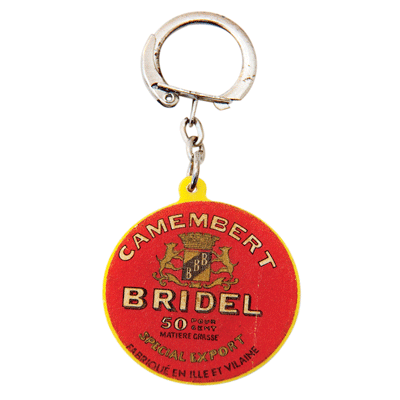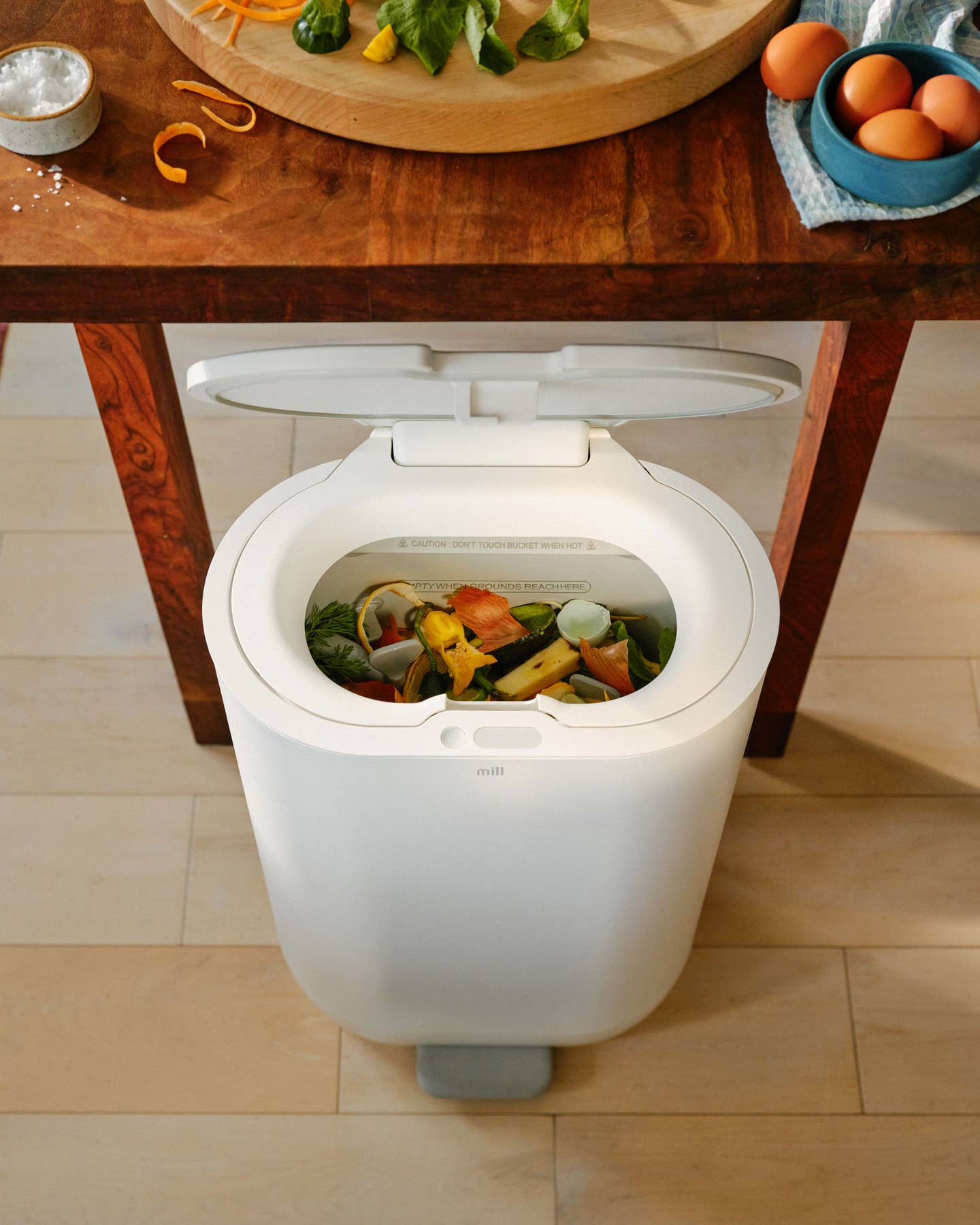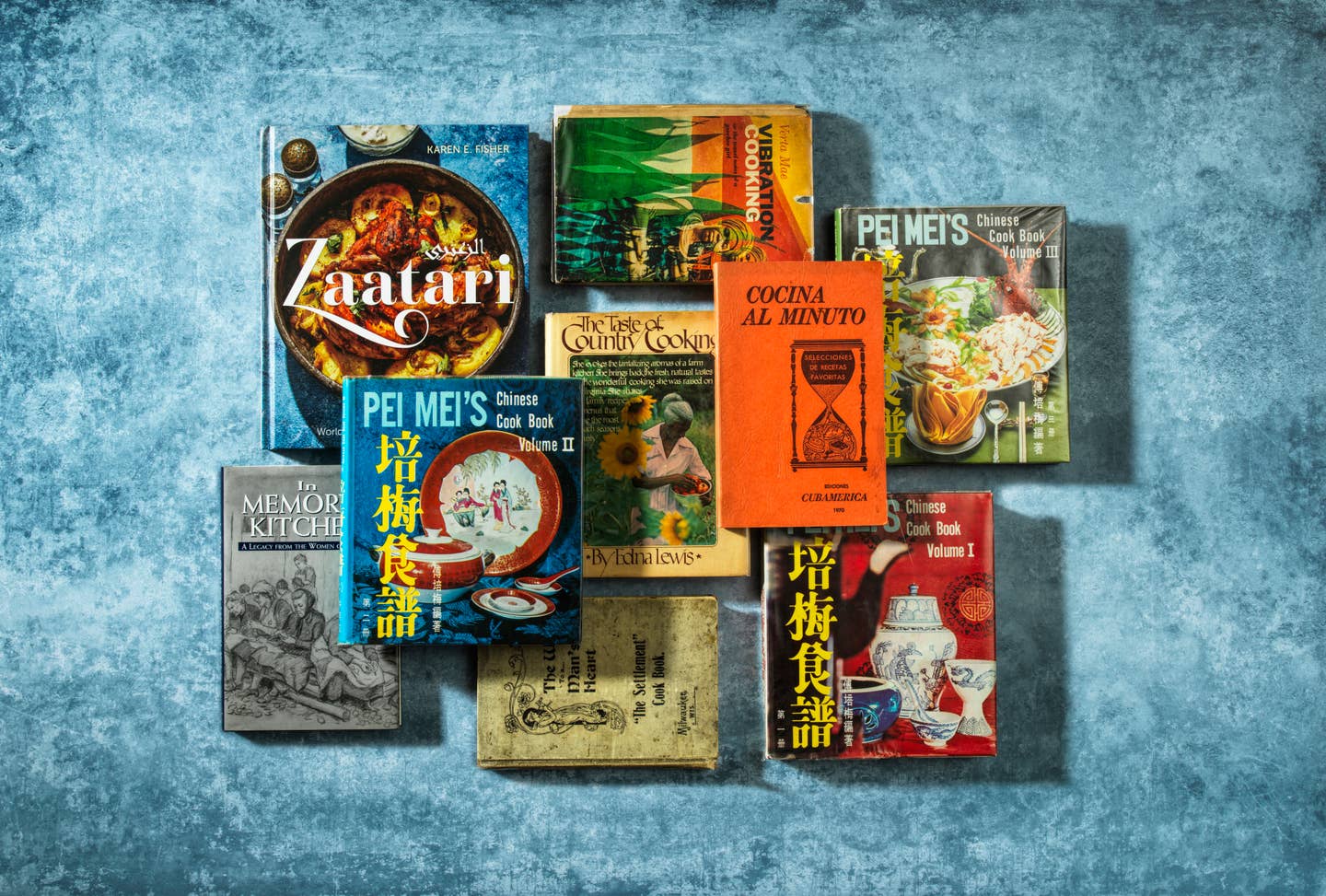
Plucky Charms
Browsing Paris's Clignancourt antiques market, I stumbled upon a stall that sold nothing but commemorative key chains. Nestled between the miniature Peugeots and toy guns was a kitschy collection of food-related porte-cles, from a perfect little plastic saucisson complete with its white-mold coating to a pinky-size box of Viandox meat bouillon. There was a diminutive wheel of Bridel Camembert, a tiny jar of Amora mustard, a Lilliputian bottle of Martell cognac, and dozens more. The stall's owner, Françoise Chappuy, said that most of the food-product mementos dated to the 1950s and '60s, when cheaper methods of plastic fabrication prompted food manufacturers to offer promotional charms to customers. Though similar key chains were produced in Italy, Belgium, and other European countries, they proved especially popular in France. By the 1970s, the dominance of television advertising, among other factors, had caused production of the tchotchkes to fall off. Today the key chains are collector's items; Chappuy sells the pieces from her vast collection on her website, portecles-publicitaires.com. Most cost a few dollars, though rare ones—like a key chain from the Gregoire biscuit company that features a rabbit popping out of a hat—can fetch as much $100 each.
Keep Reading
Continue to Next Story










